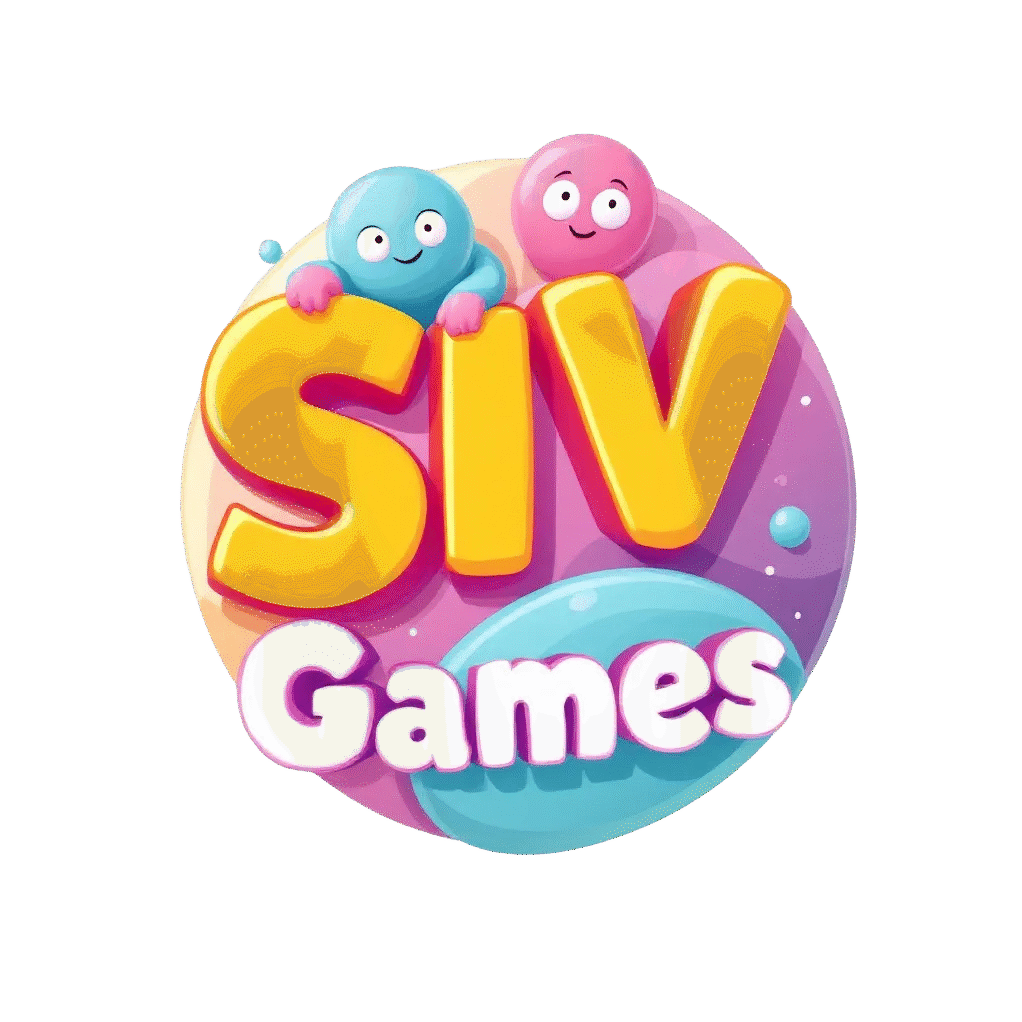**1. 🎮 Introduction: Accessibility as a Game-Changer**
In recent years, the gaming industry has taken significant strides toward making video games more accessible to a broader audience. From design innovations that cater to players with disabilities to new standards emerging across platforms, accessibility is no longer a nice-to-have—it’s a must. As studios begin to prioritize inclusive design, this movement is reshaping both the development process and the future of play.
In this blog post, we’ll explore how accessibility is influencing modern game development, highlight notable industry examples, and provide actionable insights for studios aiming to build more inclusive experiences.
**2. 🧠 Why Accessibility Matters in Games**
Accessibility ensures that all players—regardless of physical, sensory, cognitive, or other challenges—can enjoy interactive entertainment. With over 1 billion people worldwide living with some form of disability, designing for accessibility is also a strategic move for studios aiming to tap into a broader, global player base.
**Key Benefits:**
– Expands your potential audience
– Improves game usability for all players
– Aligns with ethical and inclusive design standards
– Enhances brand reputation in an increasingly socially-conscious market
**3. 🛠️ Key Areas of Game Accessibility**
Game accessibility spans several dimensions, and addressing even a few can drastically improve user experience. Here are the most common areas:
**a. Visual Accessibility:**
– Colorblind modes
– UI scaling
– High-contrast modes
**b. Auditory Accessibility:**
– Subtitles and closed captions
– Visual audio indicators (e.g., directional indicators for footsteps)
**c. Motor Accessibility:**
– Customizable controls
– Support for adaptive controllers
– One-button gameplay modes
**d. Cognitive Accessibility:**
– Simplified UI/UX
– Adjustable game speed
– Reduced complexity modes or tutorials
Giving players options—whether it’s remapping controls or modifying visuals—creates inclusive environments where more people can play and enjoy.
**4. 🌟 Industry Examples Leading the Way**
Many studios have blazed the trail, proving accessibility can be a hallmark of high-quality game design.
**The Last of Us Part II (Naughty Dog):**
This title includes over 60 different accessibility options ranging from screen readers to skip puzzles and enhanced listening modes. It’s lauded as one of the most accessible AAA games ever.
**Forza Horizon 5 (Playground Games):**
Forza introduced on-screen sign language interpreters, a first for a major racing title, making cutscenes more accessible for deaf or hard-of-hearing players.
**Celeste (Matt Makes Games):**
Though not built as an accessibility-first game, Celeste’s Assist Mode allows players to adjust difficulty, slow down time, and skip tough sections, setting a strong indie example for inclusive platforming.
**5. 📈 Accessibility Tools and Guidelines for Developers**
Making accessible games doesn’t require reinventing the wheel. Numerous tools and standards can help streamline the process:
– **Game Accessibility Guidelines:** A free resource offering categorized advice for developers of all levels
– **Xbox Accessibility Guidelines (XAGs):** Microsoft has published a robust framework for accessibility in games
– **Unity and Unreal Engine accessibility plugins:** Third-party tools offer features like screen-readers, text-to-speech, and voice commands
**6. 💡 Best Practices to Integrate Accessibility From the Start**
Rather than treating accessibility as a post-launch patch or optional layer, it should be baked into the development cycle.
**a. Include Accessibility in Your Game Design Document (GDD):**
Make it a design pillar from day one.
**b. Involve Players With Disabilities:**
Run playtests with a diverse group of players to gather crucial feedback.
**c. Offer Options, Not Mandates:**
Make flexibility a part of your core gameplay philosophy to accommodate various needs.
**d. Plan for Scalable Accessibility:**
Develop minimal viable accessibility features first, then scale based on resources.
**7. 🔮 What the Future Holds for Accessible Gaming**
The rise of accessible-first studios, better frameworks, and more robust hardware like the Xbox Adaptive Controller points toward a future where no player is left behind. As new technologies like voice control, eye tracking, and AI-assisted gameplay emerge, the possibilities for inclusive design are expanding at an unprecedented pace.
We foresee a shift in industry awards and review criteria to increasingly spotlight accessibility. Gamers—and critics—are starting to expect it.
**8. ✅ Final Thoughts: Making Accessibility Your Competitive Edge**
Accessibility is more than just a technical hurdle or PR checkbox. It’s an integral part of creating engaging, respectful, and inclusive experiences. Whether you’re an indie studio or a AAA powerhouse, investing in accessibility boosts your game’s appeal, opens it to wider audiences, and futureproofs your development practice.
As the community grows louder in its demand for access, studios that embrace this frontier will not only do good—they’ll do well.
➡️ Are you ready to make your next title accessible to everyone? Start today, and build games that everyone can play. Because when everybody plays, we all win.


